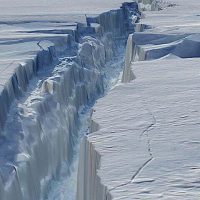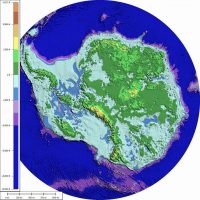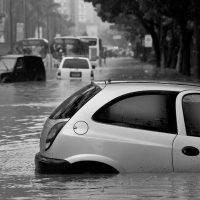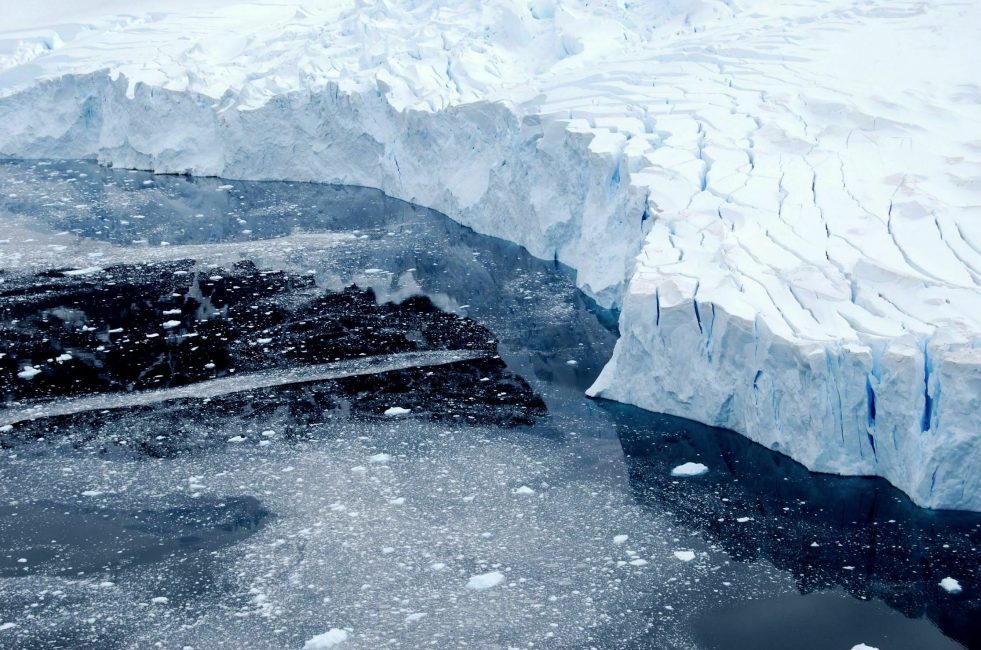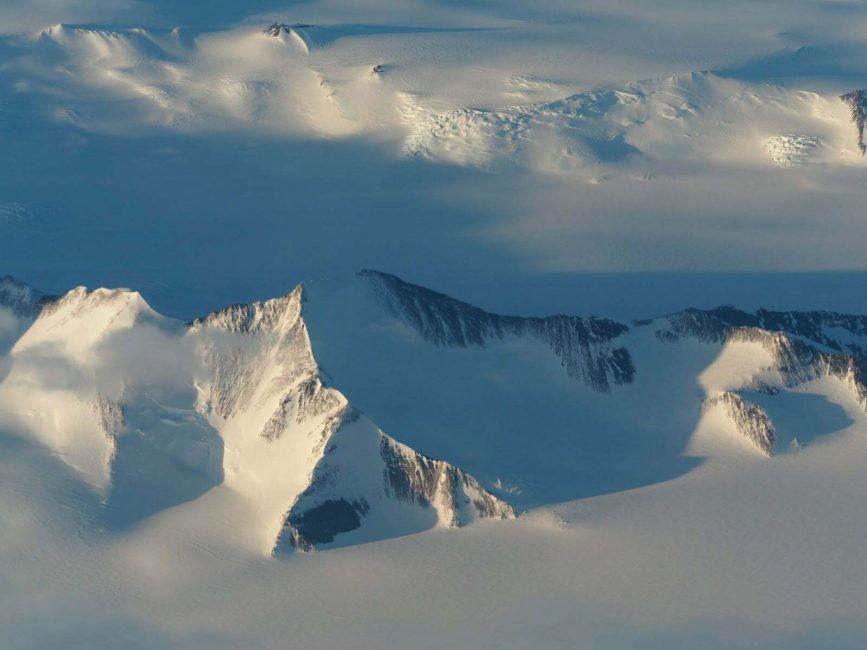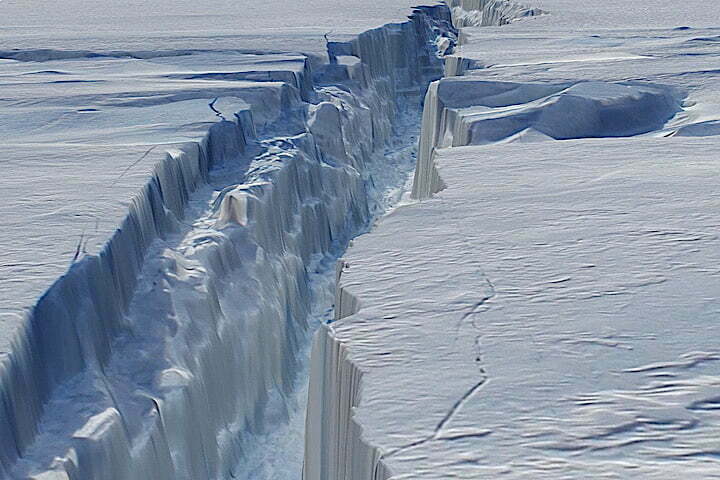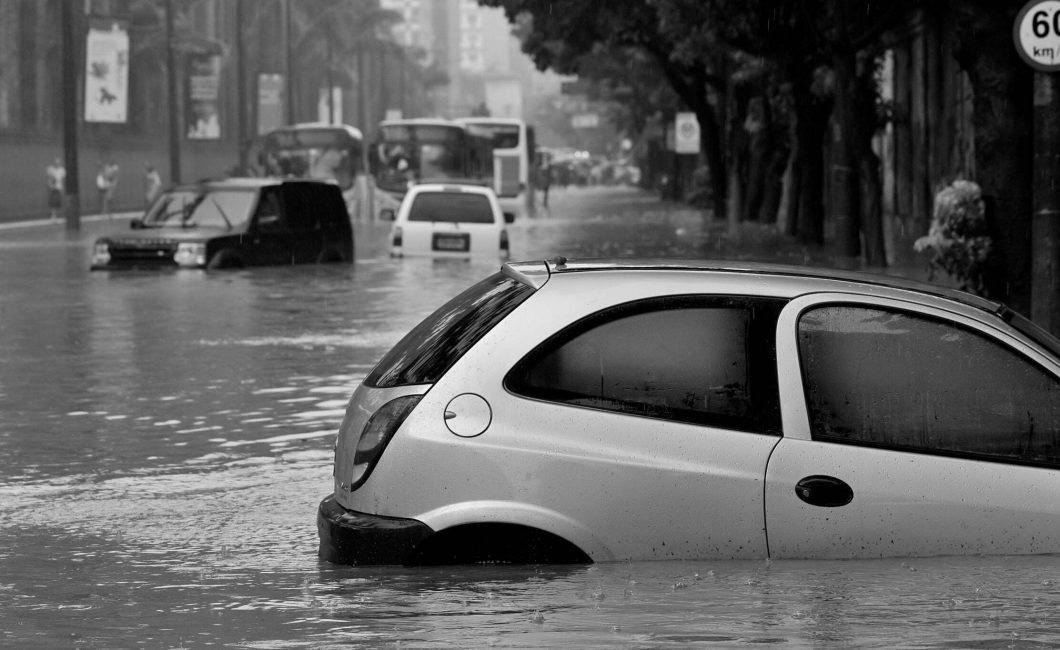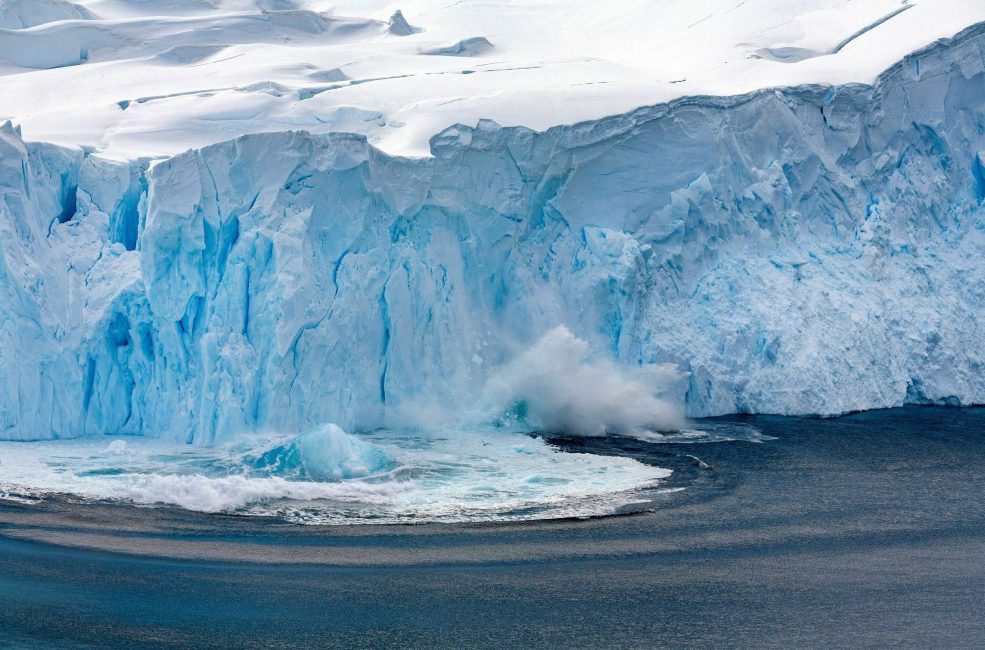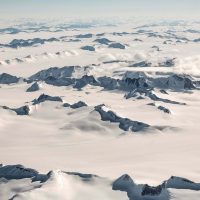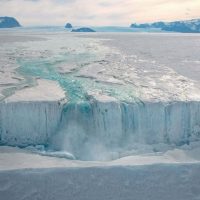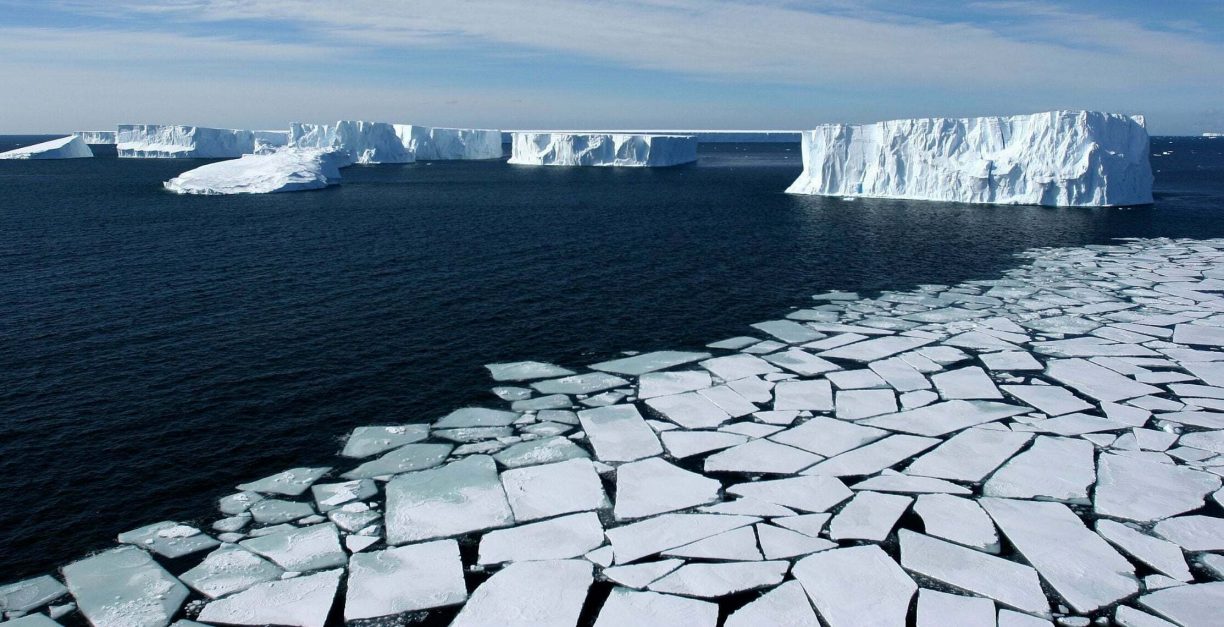
Several large regions of the Antarctic Ice Sheet are shrinking every year.
These areas are continuing to decline, at faster and faster rates.
Glaciers in motion
RISING SEA LEVELS
Glaciers are constantly in motion, and seasonal melting and growth are part of a natural cycle. It’s normal for glaciers to flow and for parts of them to break off as icebergs (known as calving). It’s also normal for glaciers to melt during the summer and grow during the winter.
Ice sheets shrink when the amount of ice lost through calvings and melting is greater than the amount of new snow and ice added to the ice sheet through fresh snowfall.
RISING SEA LEVELS
The Antarctic Ice Sheet is shrinking
At first glance, the situation with the Antarctic Ice Sheet may seem unclear. In some parts of Antarctica, the ice sheet is melting rapidly. In other areas it is growing due to unusually large snowfalls (an increase of several inches, or around 20 cm per year) caused by disruptions in the climate.
However surveys of the entire ice sheet show that overall, ice loss is eclipsing new snowfall. The Antarctic Ice Sheet is in decline, and has been for decades.
RISING SEA LEVELS
Ice loss is speeding up
Not only is Antarctic ice melting more quickly than new snow can replace it, but the rate of loss due to melting and calving is increasing.
Each year, the ice sheet is shrinking more rapidly.
By the year 2020, the speed of ice loss in Antarctica had multiplied sixfold over thirty years.
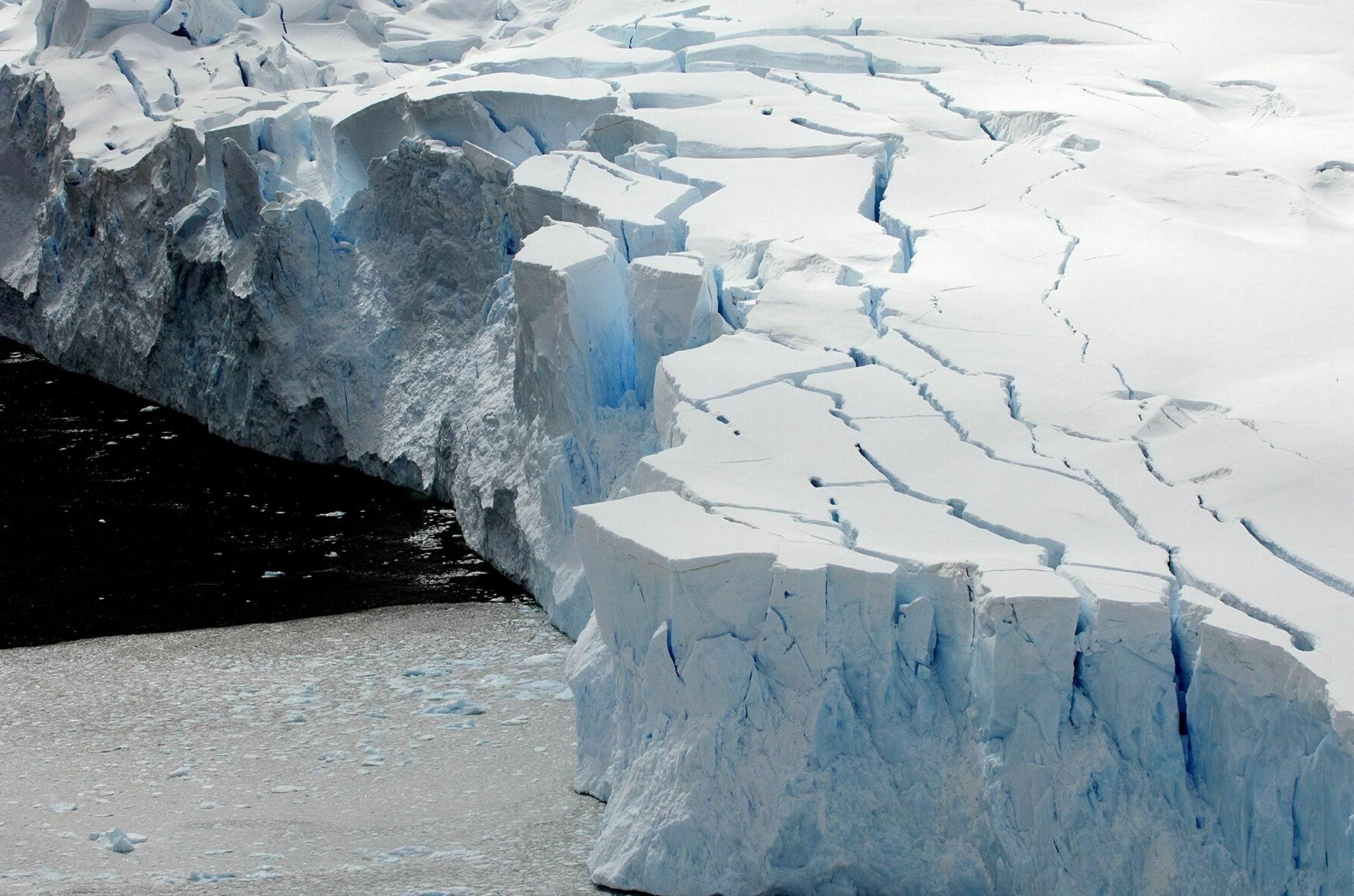
WEST ANTARCTICA
Ice sheet in decline
The West Antarctic Ice Sheet is the frontier of dramatic ice loss in Antarctica, and one of the most rapidly changing ice sheets on earth.
West Antarctic Ice Sheet
ICE SHEET IN DECLINE
It is undisputed that ice loss across West Antarctica is increasing and accelerating. Exactly how much, and how quickly this ice will flow, calve and melt into the ocean is one of the areas of greatest uncertainty in climate science today.
Has the West Antarctic Ice Sheet collapsed before?
ICE SHEET IN DECLINE
Yes. It is well-accepted that the West Antarctic Ice Sheet has melted (either partially or completely) several times in the past. In some cases, the melting occurred in temperatures similar to today, suggesting that the ice sheet is highly sensitive to even small changes in the climate.
The current uncertainty surrounding exactly when and how quickly the West Antarctic Ice Sheet could disintegrate is a critical area of inquiry of great interest to policymakers, governments and engineers alike.
Watch this short video to see how Antarctic ice changed between 2002 and 2020.
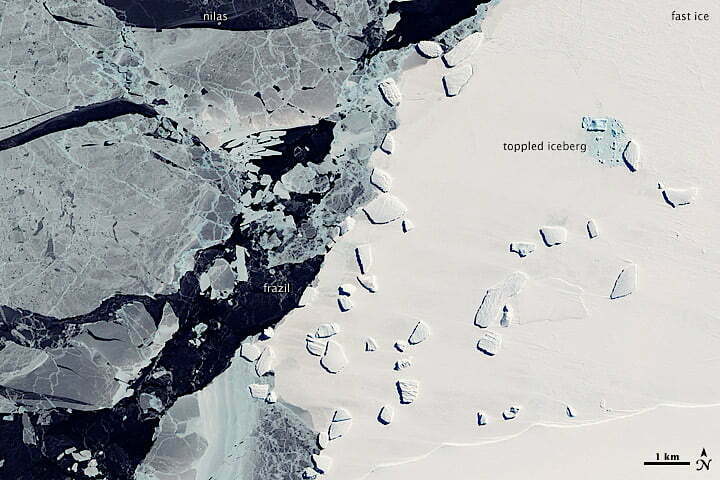
EAST ANTARCTICA
The sleeping giant wakes
Until the early 2000s, the East Antarctic Ice Sheet was thought to be stable, even growing in some regions. Some researchers called it the sleeping giant. But new research shows that even the coldest place on Earth isn’t immune to a changing climate.
Image credit: NASA Earth Observatory
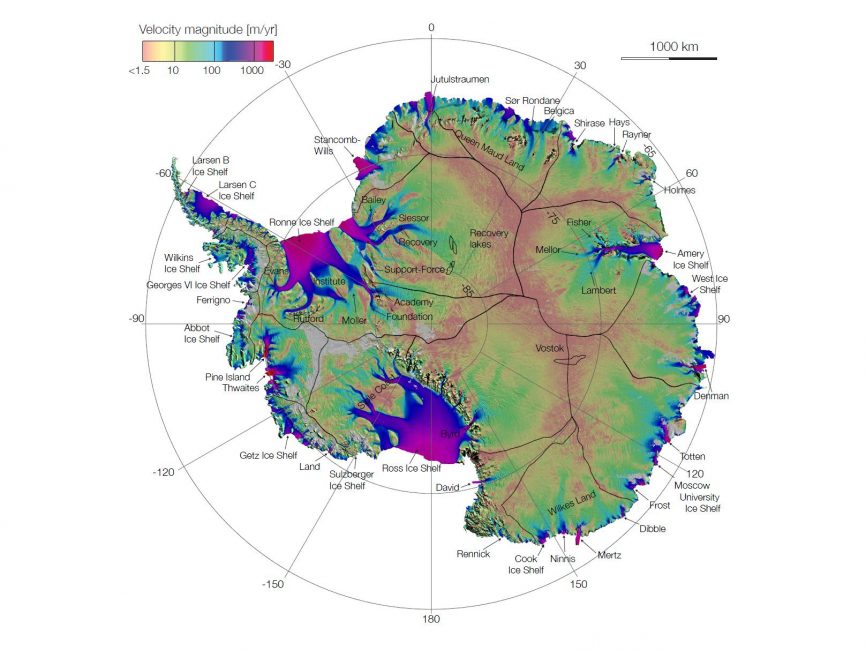
East Antarctic Ice Sheet
ICE SHEET IN DECLINE
While some areas of the East Antarctic Ice Sheet remain stable, some glaciers are accelerating at a similar rate to those in West Antarctica.
Totten Glacier
The Totten Glacier is the largest glacier in East Antarctica. It alone contains as much ice as the entire West Antarctic Ice Sheet, and has the potential to contribute 11.5 feet (3.5 meters) of sea level rise. It is one of at least six glaciers in East Antarctica that are melting rapidly today.

Wilkes Land
ICE SHEET IN DECLINE
Glaciers along the Wilkes Land coast in East Antarctica doubled their rate of melting between 2009 and 2018. Satellite observations of nearby glaciers recorded a drop of about 9 feet (almost 3 meters) in the height of the ice surface over a similar period.
While these changes remain relatively small compared to those seen in West Antarctica, they indicate changing ice dynamics in a region previously thought to be stable, and warn of potentially widespread melting across this part of East Antarctica in the future.
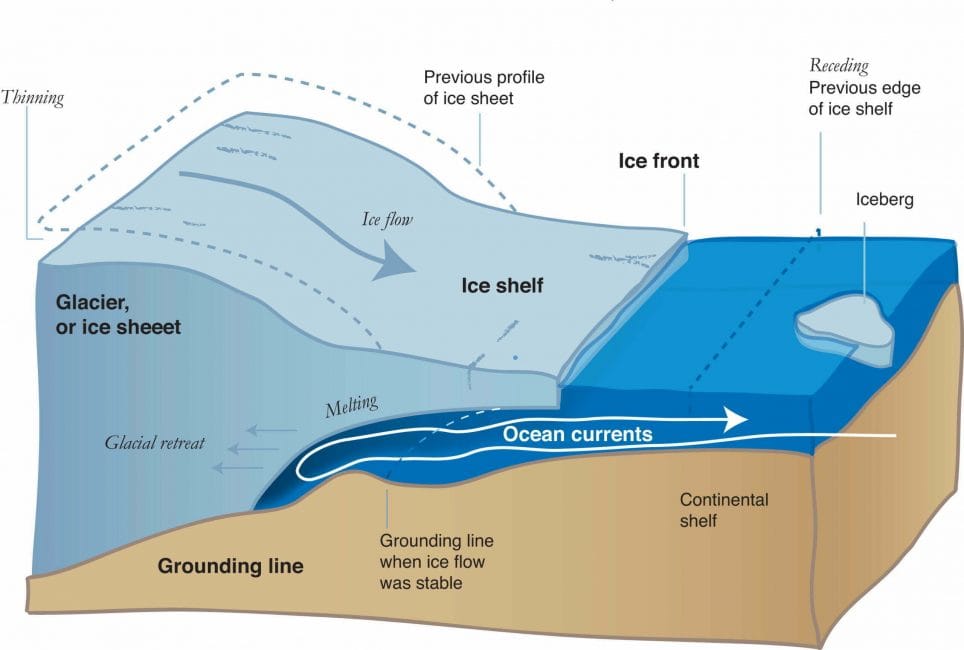
Why are some parts of the ice sheet more stable than others?
ICE SHEET STABILITY
While some parts of the Antarctic Ice Sheet remain stable, others are flowing at an increasing rate and losing more mass each year. The regions where ice is moving faster have two main things in common: melting ice shelves and a grounding point below sea level.
Melting ice shelves
Around the Antarctic coastline, the ice sheet flows out into floating plates of ice called ice shelves. Ice shelves help stabilize the ice sheet and slow their flow, but warming ocean temperatures are causing them to melt from below. An area of particular concern is the ‘anchor point’ where the ice sheet lifts off the ground and becomes a floating ice shelf (the grounding line). Melting around the grounding line lifts the ice sheet off its stable footing, pushing the ‘anchor’ point of the grounding line back and accelerating the flow of ice off the continent through a process called ocean forcing.
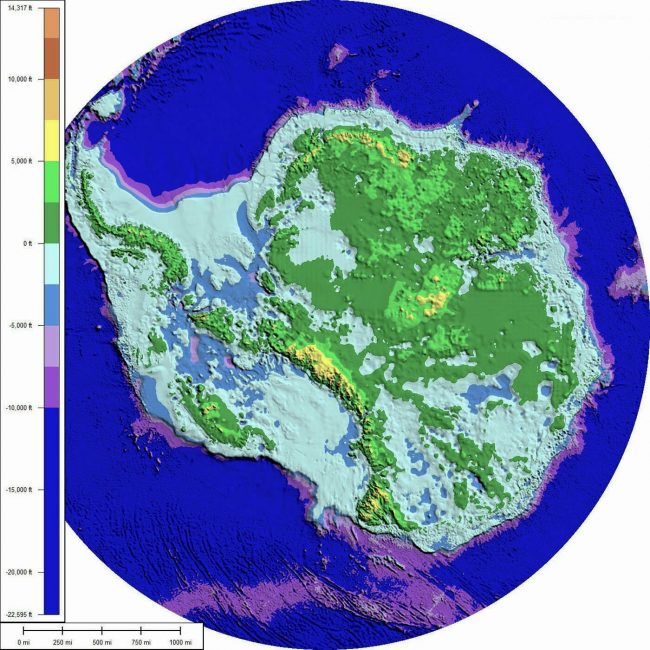
Marine ice sheets
ICE SHEET STABILITY
Some parts of the Antarctic ice sheet are more vulnerable to rapid melting than others due to the underlying topography: the shape of the ground under the ice. Beneath the ice sheet, Antarctica is a rugged land of mountains and valleys, gullies and deep canyons. Some parts of it even plunge below sea level. If they weren’t covered by ice they would be underwater ocean basins, some of them almost a mile deep!
These low-lying ice-covered areas, which are found in West Antarctica and Wilkes Land (East Antarctica) are called marine ice sheets, and the vast majority of Antarctica’s ice loss is coming from these regions. According to scientists, it’s not the first time.
Researchers have found evidence that these parts of the ice sheet have disintegrated rapidly in the past. This suggests there is an instability in marine ice sheets which, once triggered, can lead to sudden collapse. Exactly how and why – and what this could mean for rising sea levels – is a critical area of current research.
Watch this two minute video to see Antarctica beneath the ice.
What are the impacts?
RISING SEA LEVELS
Rising sea levels have many impacts on low-lying communities: contaminated freshwater sources, farmland inundated with saltwater and flooded homes. Rising sea levels due to melting Antarctic ice is one of the greatest climate-related threats faced by humans today.
The Antarctic Ice Sheet holds around 90 percent of all the freshwater on the planet. It has the potential to submerge entire coastal cities and reshape entire states on the map, but even a modest sea level rise of only a few feet would displace the roughly 230 million people who live within about 3 feet of the high tide line today.
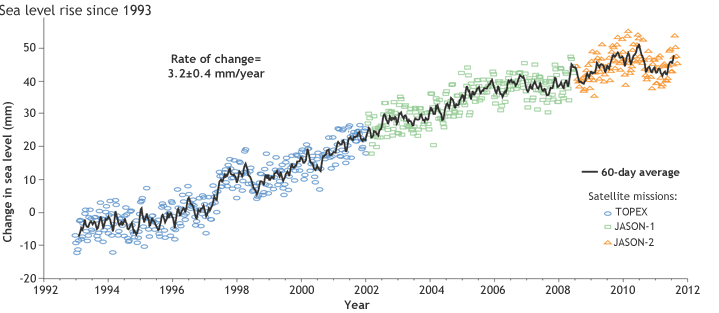
How quickly are sea levels rising?
RISING SEA LEVELS
In the 20th century, sea levels rose about 4-6 inches (11-16 cm), and this is speeding up. By 2020, sea levels were rising more than twice as quickly as before 1990.
Today, the Greenland Ice Sheet is melting more quickly than Antarctica, and it is one of the major sources of global sea level rise. As Antarctica continues to warm up, this is likely to change, with Antarctic meltwater making a larger contribution to rising sea levels.
What can we expect?
RISING SEA LEVELS
In 2021, the Intergovernmental Panel on Climate Change (IPCC) Report predicted sea levels will rise between 11 and 21 inches (28 – 55cm) by the end of the century. However, they note that a sea level rise of over 6 feet can’t be ruled out under a worst case scenario.
The reason for this uncertainty is the complexity of factors that influence how ice sheets flow, break apart and melt. Scientists develop predictions about sea level rise by studying how ice sheets behaved in the past and how they are behaving today.

RISING SEA LEVELS
What can we do?
It is critical that we continue to support Antarctic research and take urgent, decisive action to slow the effects of the climate crisis and protect humanity from rapid, catastrophic sea level rise caused by the melting Antarctic ice sheet.
Photo credit: Nina Gallo
KEEP LEARNING
Related reading
Scientific consultation: Ted Scambos, Senior Research Scientist at the Earth Science Observation Center of the Cooperative Institute for Research in Environmental Sciences, Rob Massom, Sea Ice and Remote Sensing scientist at the Australian Antarctic Program, and Nicholas Golledge, Professor of Glaciology at Victoria University of Wellington.
Now that you’ve learned about changes to the Antarctic Ice Sheet, read on to learn more about this extraordinary continent.
 ASOC
ASOC


